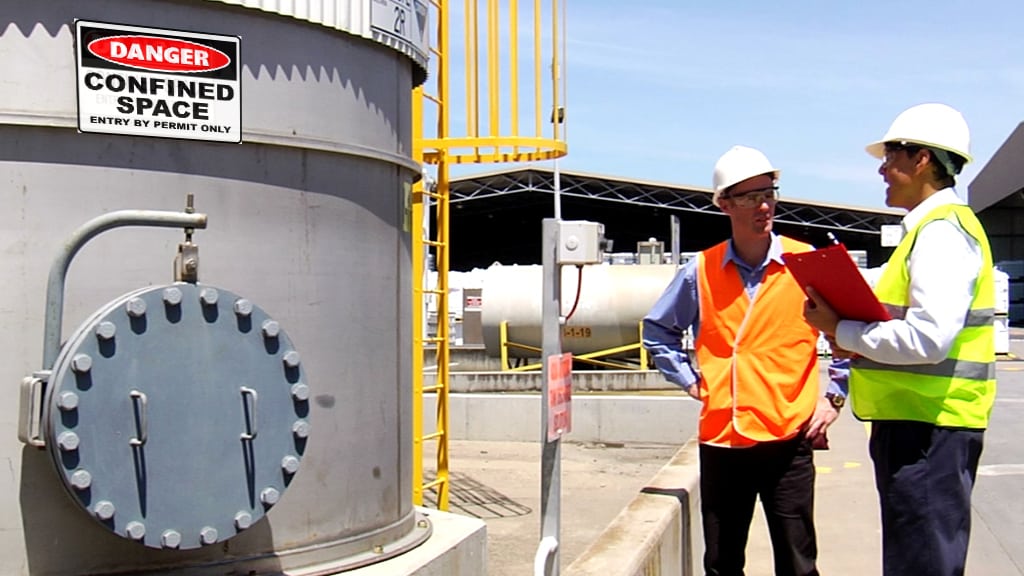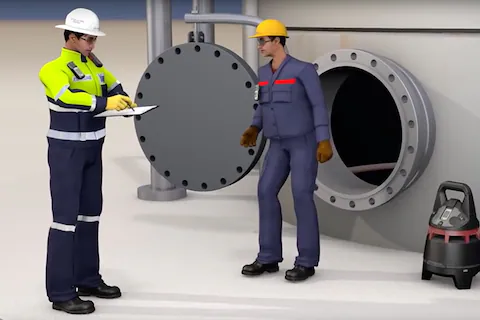Confined Space Learning including all you need to know

According to the Health & Safety Executive, a confined space is any place, including chamber, pipe, vat, silo, flue, trench, sewer, well, tank or other similar space. In which, by its enclosed nature, there arises a reasonably foreseeable specified risk. For instance, confined space training Melbourne ensures that workers are aware of all potential risks and are adequately prepared for future disasters.
Why is it required?
Employees in various industries, including ports, sewers, emergency services, and mining, must complete confined space training because of the limited air, movement, and visibility that typically come with working in a small place, maybe at risk. It instructs staff on working in cramped areas, what to look for, and avoiding issues.

Risks:
- Flammable substances and extra oxygen – flammable materials and excessive oxygen should be monitored in a compact space since they can be highly explosive and harmful.
- Toxic gases, fumes, or vapours – toxic gases, fumes, or steam can be released by industrial processes in a facility, or fumes or vapours can build up from working in tight areas.
- Oxygen deficit – restricted places can be devoid of oxygen for a variety of causes. Workers need to evaluate whether the room is safe to work in before they begin.
- Liquids – Liquids can easily flow into small areas, drowning a person or injuring them if the liquid is toxic or caustic.
- Free-flowing solids – These can suffocate a person if they become submerged in them. Inhaling particles is also hazardous.
- Heat – A person can lose consciousness if they become boiling (an issue that protective garments can exacerbate).
How does it assist?
If people are taught the dangers of working in cramped places, they will know what to look out for and how to deal with them. For instance, if a worker is trapped in a tight spot and loses consciousness due to a lack of oxygen, a colleague who is unaware of the condition attempts to rescue him and loses consciousness. Because the air was not tested and adequate safeguards were not taken, resulting in several fatalities.
What is the mechanism behind it?
It usually looks at the type of task, the work environment, the tools and materials used, the individuals doing the work, and any emergency rescue preparations that need to be undertaken. Confined space training Melbourne is usually custom-made by professionals to match the needs of the firm. They frequently detail how particular procedures should be handled and help ensure that the company follows the law and that any potential hazards are appropriately assessed before any work begins. Depending on the industry, training might occur in conference rooms, particular purpose-built locations, or a combination of the two.



